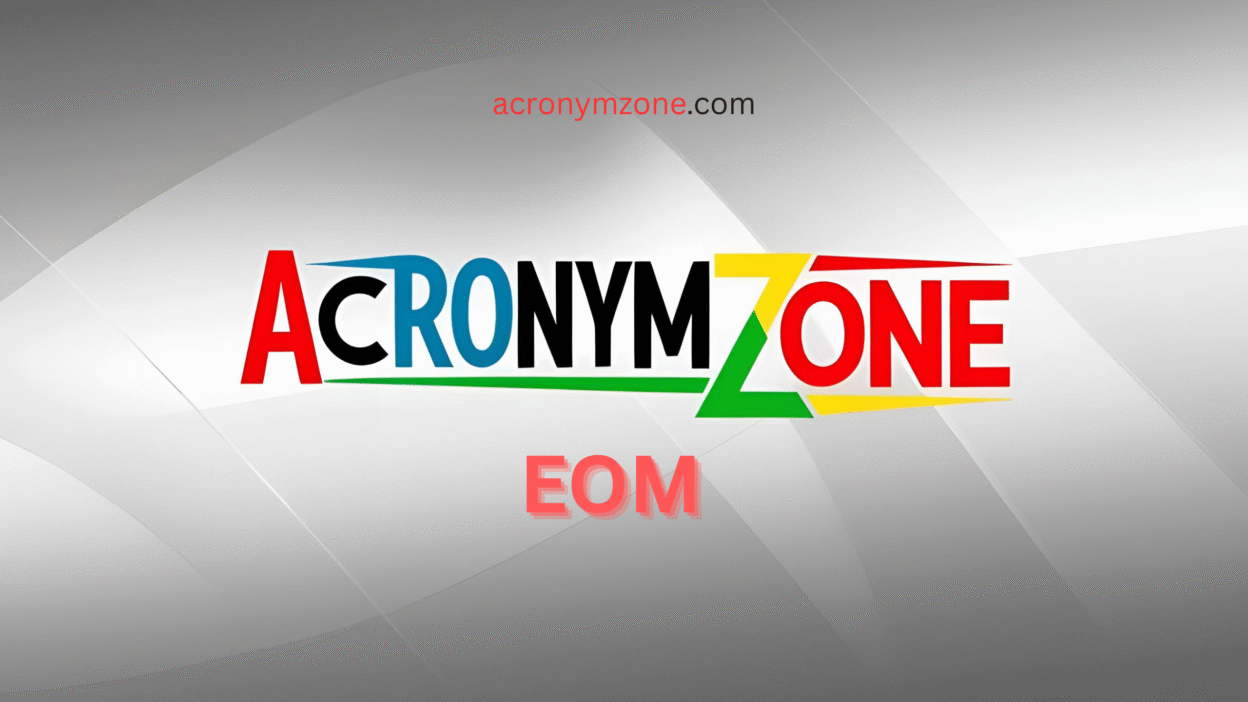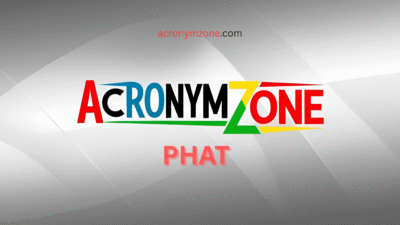If you’ve worked in an office, emailed a colleague, or been part of a group chat, you’ve likely seen EOM. Short for End of Message, it’s a simple way to let readers know that the message ends right in the subject line—no need to click and open the email.
While EOM is practical, efficient, and a little no-nonsense, it may not always be the right fit.
Sometimes you need more warmth, clarity, or personality. In this article, we’ll explain what EOM really means, when it’s most effective, and offer you 30 crisp alternatives—each with its own vibe, tone, and ideal use case.
What Does EOM Mean?
EOM stands for End of Message. It’s typically used in email subject lines to save time. For example:
- Subject: Meeting moved to 3 PM (EOM)
- Body: (empty)
This tells the reader, “That’s it. No need to open the email.” It’s all about efficiency, especially in fast-paced or professional settings.
Emotional & Functional Tone:
- Concise
- Direct
- Neutral or slightly impersonal
- Often used in professional environments
But just like any shortcut, it can sometimes feel cold or abrupt. That’s where the alternatives come in—so you can match your message to the moment.
30 Alternatives to the EOM Acronym (and When to Use Them)
These acronyms and phrases communicate finality or brevity while offering different emotional tones—from formal to friendly to casual.
1. NRN – No Reply Needed
Use for: Preventing unnecessary follow-ups.
Example: All good on my end – NRN.
2. FYI – For Your Information
Use for: Sharing info with no action required.
Example: FYI: Docs updated in the shared drive.
3. NFA – No Further Action
Use for: Confirming something’s complete.
Example: All issues resolved. NFA.
4. EOF – End of File
Use for: More tech-leaning or playful tone.
Example: Vacation approved – EOF.
5. MSG ENDS
Use for: Plain, literal closure (text or chat).
Example: Will call at 2 PM – MSG ENDS.
6. DONE
Use for: Strong closure. Clear and final.
Example: Report submitted. DONE.
7. TLDR – Too Long, Didn’t Read
Use for: Quick summaries up top.
Example: TLDR: Project approved, start Monday.
8. NTR – Nothing to Report
Use for: Status updates or meetings.
Example: Daily update: NTR.
9. ICYMI – In Case You Missed It
Use for: Gentle reminders or recaps.
Example: ICYMI – team photo at 4 PM.
10. BRB – Be Right Back
Use for: Temporarily ending a message.
Example: On a quick call, BRB.
11. GTG – Got to Go
Use for: Casual sign-off.
Example: Meeting starts now, GTG.
12. TTYL – Talk to You Later
Use for: Friendly, casual wrap-up.
Example: All done for now – TTYL.
13. NM – No Message
Use for: Very short replies (SMS or email).
Example: See you at 3 (NM).
14. KTHX – Okay, Thanks
Use for: Informal gratitude + wrap-up.
Example: Got it, fixed the issue. KTHX.
15. CYA – See Ya
Use for: Friendly goodbye.
Example: Work done for today – CYA!
16. FYA – For Your Action
Use for: Sending something to be completed.
Example: Attached Q2 brief – FYA.
17. NMI – No More Info
Use for: After answering a query.
Example: Issue resolved – NMI.
18. SIGNOFF
Use for: Stronger ending in formal emails.
Example: Final version uploaded – SIGNOFF.
19. CLOSED
Use for: Tasks or threads that are complete.
Example: Bug ticket #451 – CLOSED.
20. ALL SET
Use for: Everything’s done. Friendly tone.
Example: Updated the plan – all set.
21. NSR – No Status Report
Use for: Project stand-ups or sprint check-ins.
Example: Today: NSR.
22. TBC – To Be Continued
Use for: Wrapping up temporarily.
Example: Paused for now – TBC tomorrow.
23. BCN – Be Concise Now
Use for: Internal reminders for brevity.
Example: Keep updates short – BCN.
24. QAQ – Question Answered Quickly
Use for: Slack/Teams convos.
Example: Yes, approved. QAQ.
25. OBO – On Behalf Of
Use for: Formal but time-saving sign-offs.
Example: Meeting rescheduled (OBO HR).
26. RTM – Read the Message
Use for: Direct tone when everything’s in the subject.
Example: Meeting moved (RTM).
27. FIXED
Use for: Resolved tasks.
Example: Login bug resolved – FIXED.
28. NP – No Problem
Use for: Soft closure after a request.
Example: All changes made – NP.
29. COOL
Use for: Casual acknowledgment.
Example: All done here – COOL.
30. NA – No Action
Use for: FYI messages or general announcements.
Example: New vendor onboarded – NA for you.
How to Choose the Right Acronym
Here’s a quick guide to help you match the ending to the tone:
| Context | Best Acronyms | Why It Works |
| Formal emails | EOM, NFA, OBO, SIGNOFF | Efficient yet professional |
| Team check-ins | NTR, NSR, FYI, ALL SET | Keeps updates short and focused |
| Friendly messages | GTG, TTYL, COOL, NP | Feels more relaxed and warm |
| Status tracking | CLOSED, FIXED, DONE | Confirms completion |
| Reminders or actions | FYA, RTM, FYI | Direct and informative |
Cultural & Emotional Contexts
- In corporate settings, stick with EOM, FYI, NFA, or FYA.
- For Slack or text convos, you can be more playful: TTYL, COOL, KTHX.
- In task management tools, acronyms like FIXED, CLOSED, and DONE feel intuitive and status-driven.
Avoid using EOM or its harshest alternatives like RTM in sensitive messages—they may come off as cold or dismissive.
Final Thoughts: Say It Clearly, End It Well
EOM gets the job done. But language has more to offer when you want to be clear and considerate. By picking the right closing acronym, you add emotional tone, clarity, and even a little personality to your messages.
So whether you’re firing off a quick update, wrapping up a status email, or leaving a Slack message, choose the acronym that not only ends your message—but leaves the right impression.




